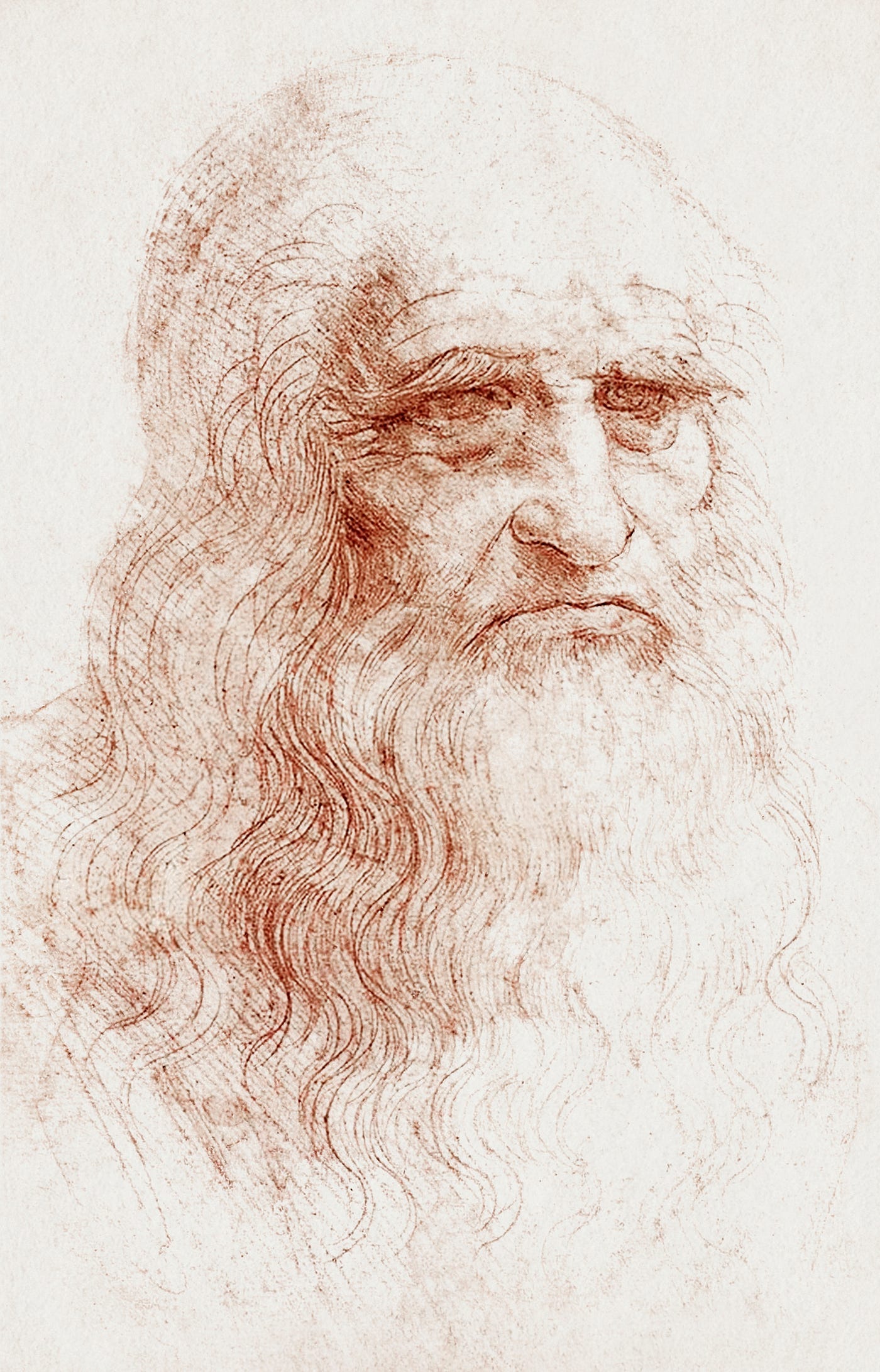
Robert Redford, a name synonymous with dashing looks, undeniable talent, and a deep commitment to cinema and the environment, recently passed away at the age of 89. He was an Oscar-winning director, a dedicated activist, and the visionary founder of the Sundance Film Festival. His remarkable life, spanning decades in the public eye, offers a rich tapestry of unforgettable moments, powerful performances, and profound personal passions.
Redford’s career was a testament to his desire to create films that held significant cultural importance, whether they explored themes of grief, political corruption, the romance between strangers, or the struggles of an underdog. He wasn’t just a leading man; he was an independent film impresario, shaping the landscape of American cinema beyond the confines of Hollywood. This curated collection of photographs allows us to embark on a journey through his extraordinary life, celebrating the man who effortlessly transitioned from a beloved sex symbol to a respected director and a fervent advocate.
While he was often seen as a reluctant star, preferring a secluded life away from the Hollywood glare on his Utah ranch, Redford consistently used his platform to draw attention to vital causes, particularly environmental conservation. His enduring legacy is not just etched in celluloid but also in the institutions he built and the causes he championed. Join us as we look back at the defining chapters of a true legend, remembered not just for his iconic roles but for the profound impact he made on and off the screen.
1. **Early Stage and Screen Break: “
Before he was a global screen icon, Robert Redford honed his craft on the theatrical stage, experiencing one of his biggest acting breaks with the comedy play “Barefoot in the Park.” This production, directed by Mike Nichols, saw Redford alongside Elizabeth Ashley and Kurt Kaznar on its opening night in New York on October 23, 1963. It was a pivotal moment, showcasing his burgeoning talent and charm to live audiences and setting the stage for his cinematic future.
His early career also included guest roles on popular television series like “The Twilight Zone” and “Alfred Hitchcock Presents.” Redford’s first true big-screen credit arrived with the 1962 film “War Hunt,” where he headlined alongside John Saxon and his future frequent collaborator, Sydney Pollack. He further built his filmography with roles in dramas such as 1965’s “Inside Daisy Clover,” co-starring Natalie Wood, and 1966’s “The Chase,” where he first shared the screen with both the legendary Marlon Brando and Jane Fonda.
It was his undeniable chemistry with Jane Fonda in “The Chase” that paved the way for their reunion in the film adaptation of “Barefoot in the Park.” Just a year after their first collaboration, Redford and Fonda reprised their roles in the 1967 movie, based on Neil Simon’s popular play. The film captured the passionate relationship of a young married couple navigating the challenges of their fifth-floor walk-up apartment in New York City, solidifying Redford’s status as a charismatic leading man with an effortless blend of humor and intensity.

2. **The Outlaw and The Star: “Butch Cassidy and the Sundance Kid” (1969)*
In 1969, Robert Redford truly broke out onto the international stage with the Western masterpiece “Butch Cassidy and the Sundance Kid.” In this iconic film, he starred as the Wild West outlaw, the Sundance Kid, opposite the equally legendary Paul Newman. Their pairing proved to be an undeniable box-office winning combination, creating a cinematic duo that would be revered for generations. The film was a massive hit, captivated audiences worldwide, and went on to win four Academy Awards, cementing its place in film history.
Redford’s role in “Butch Cassidy and the Sundance Kid” wasn’t just a significant acting achievement; it was the film that truly made him a household name. He made a name for himself as a leading man, effortlessly embodying the cool, charming, and rebellious spirit of the Sundance Kid. This performance not only showcased his versatility but also highlighted his natural ability to connect with audiences on a deeper level, making the character both aspirational and relatable.
Looking back, Redford himself acknowledged the profound impact of this partnership, stating that he “will forever be indebted” to Newman for helping him secure the role. Their on-screen chemistry was legendary, defining an era of filmmaking. The film’s success propelled Redford into the upper echelons of Hollywood, setting the stage for a career filled with diverse and challenging roles, firmly establishing him as a prominent and sought-after actor, known for his compelling presence and adventurous spirit.

3. **Family Life and First Marriage: Robert Redford and Lola Van Wagenen (1958-1985)**
Beyond the dazzling lights of Hollywood, Robert Redford’s life was also shaped by his personal relationships, particularly his first marriage to Lola Van Wagenen. The couple married in 1958, embarking on a union that would last 27 years before their divorce in 1985. Their marriage produced four children: Shauna, Amy, David James (known as Jamie), and Scott. Tragically, their son Scott died of sudden infant death syndrome at the tender age of two and a half months, a profound loss that undoubtedly shaped their lives.
Images from this period often capture Redford in a more intimate, family-oriented light, far from the glamorous roles he played on screen. A poignant photograph from 1971 shows Redford with his first wife, Lola, walking with their children Jamie and Amy, outside the Sherry-Netherland Hotel in New York City. These snapshots provide a rare glimpse into the private world of a star who largely preferred to keep his family life out of the intense media glare, highlighting the quiet moments he cherished amidst his burgeoning career.
Even as his fame grew exponentially, Lola Van Wagenen was by his side through many significant milestones, including attending the 1981 Academy Awards when Redford won his Oscar for Best Director. While his subsequent marriage to Sibylle Szaggars would come later in life, the foundation of family and the profound experiences shared with Lola and their children remained a significant and enduring chapter in Robert Redford’s deeply personal story, reminding us of the man behind the legendary roles.
4. **The Romantic Icon: “The Way We Were” (1973)**
By 1973, Robert Redford had firmly established himself as a prominent leading man, and his status as a romantic icon was cemented with the release of “The Way We Were.” This poignant romantic drama, directed by Sydney Pollack, saw Redford co-starring with the equally iconic Barbra Streisand. Their on-screen pairing was electric, creating a chemistry that captivated audiences and became one of cinema’s most memorable love stories.
The film chronicled the tumultuous relationship between two vastly different individuals, Hubbell Gardiner (Redford) and Katie Morosky (Streisand), navigating love and political differences across several decades. The enduring image of Redford and Streisand together, whether in promotional portraits or captured during filming in New York on November 28, 1972, became instantly legendary. “The Way We Were” not only became a cultural touchstone but also achieved critical success, winning two Academy Awards.
Redford’s portrayal of Hubbell, the charming, golden-boy writer, perfectly balanced Streisand’s passionate and politically driven Katie, creating a dynamic that resonated deeply with viewers. His performance solidified his image as a soulful heartthrob, capable of conveying profound emotion with subtle grace. The film’s exploration of love, compromise, and the passage of time cemented its place in film history and ensured that the pairing of Redford and Streisand would be forever etched into the annals of Hollywood romance.
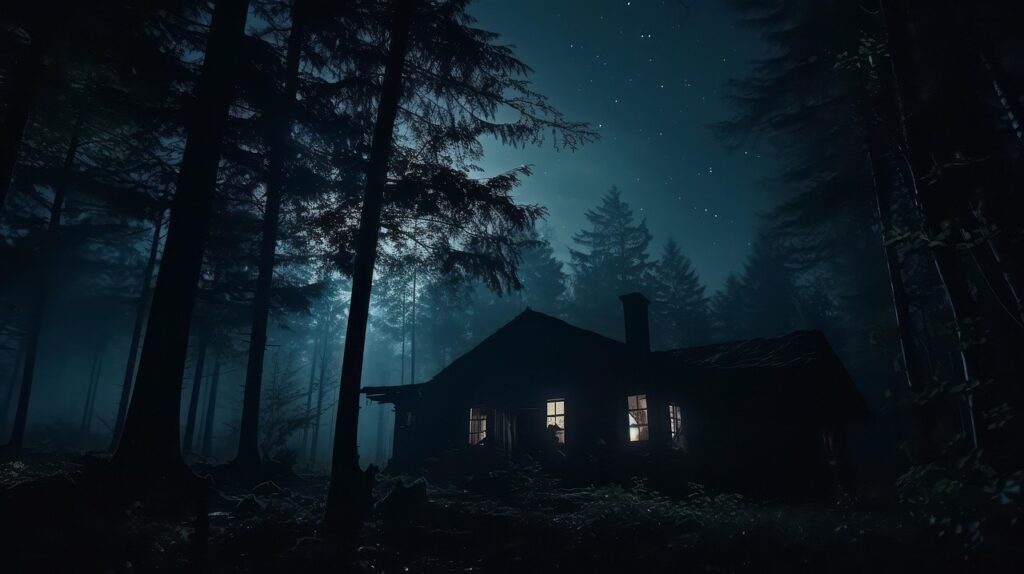
5. **Investigative Thriller: “All the President’s Men” (1976)**
In 1976, Robert Redford pivoted to a role that showcased his preference for films tackling serious topics and political corruption, starring in the gripping thriller “All the President’s Men.” This film, based on the real-life investigation by Washington Post journalists Bob Woodward and Carl Bernstein into the Watergate scandal, became an instant classic. Redford starred as Bob Woodward, with Dustin Hoffman playing Carl Bernstein, bringing to life one of the most significant journalistic pursuits in American history.
The film’s release was a major event, and images from its premiere in Washington on April 5, 1976, show Redford engaging with the real-life figures he portrayed, like Bob Woodward, and posing alongside both Woodward and Bernstein, flanked by his co-star Dustin Hoffman. This cinematic endeavor was not just entertainment; it was a powerful reflection on integrity, power, and the critical role of the press, resonating deeply with audiences still grappling with the Watergate era’s revelations.
“All the President’s Men” received near-universal acclaim upon its release, winning four Academy Awards and earning its place as an American classic. Redford’s portrayal of Woodward was meticulous and compelling, capturing the essence of an intrepid journalist dedicated to uncovering the truth. The film, which often appears on lists of the greatest films ever made, remains a powerful testament to Redford’s ability to choose projects that were not only successful but also culturally and historically significant, further diversifying his already impressive filmography.

6. **Oscar-Winning Director: “Ordinary People” (1981)**
Robert Redford, already a revered actor, achieved a new pinnacle in his career by stepping behind the camera for his directorial debut with the 1980 film “Ordinary People.” This powerful drama, starring Donald Sutherland and Mary Tyler Moore, explored the painful disintegration of an upper-middle-class family following the death of their son. It was a profound and sensitive portrayal of grief and trauma, marking a significant shift in Redford’s artistic endeavors and showcasing his talent as a storyteller.
The film garnered immense critical and commercial success, a remarkable feat for a debut director. It was celebrated for its nuanced performances and Redford’s masterful direction, which brought a raw honesty to the narrative. The climax of this achievement came at the Academy Awards on March 31, 1981, where “Ordinary People” won an astonishing four Oscars, including Best Picture. The most personal triumph for Redford was his win for Best Director, an honor that acknowledged his vision and skill.
Photographs from that memorable night show a proud Redford backstage at the 53rd Annual Academy Awards, holding his well-deserved Oscar. This award was not merely a recognition of a single film but a validation of his artistic depth and his ability to guide complex narratives and performances. Winning an Academy Award for best director cemented Robert Redford’s legacy not just as a charismatic leading man, but as a formidable filmmaker, establishing him as a multifaceted force in Hollywood.
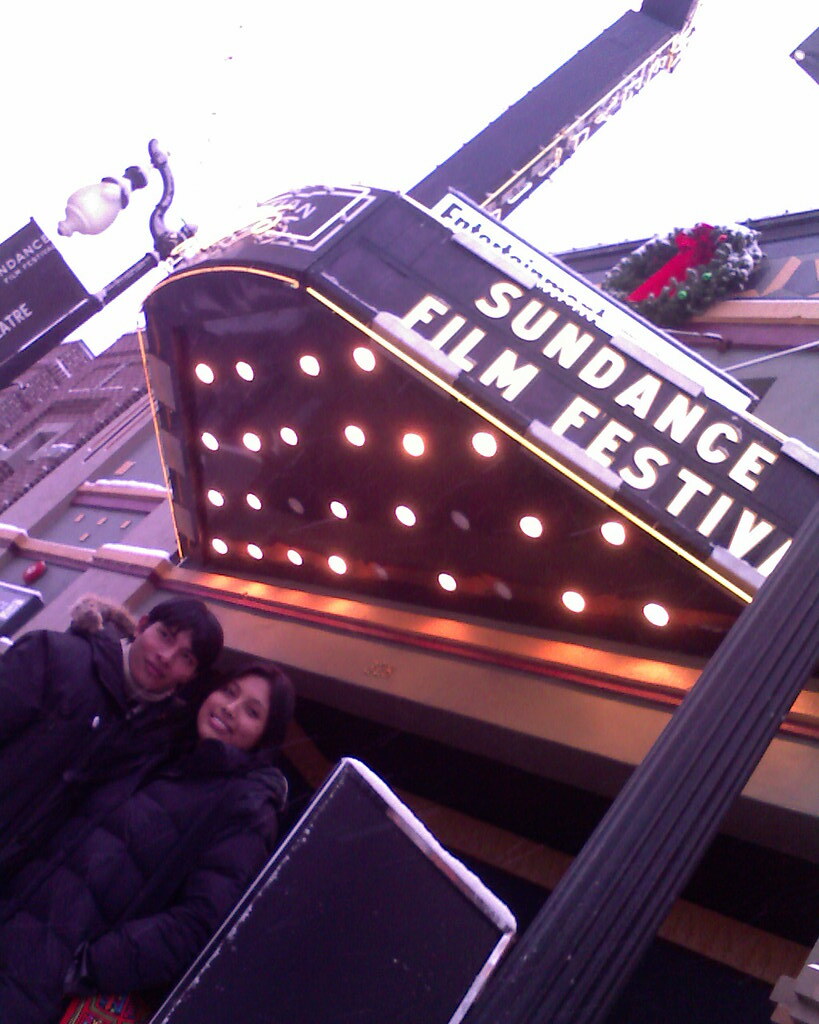
7. **Building a Legacy: The Sundance Film Festival**
After his triumph as an Oscar-winning director, Robert Redford embarked on an equally impactful journey that would forever change the landscape of independent cinema. In 1981, he founded the Sundance Institute, an organization dedicated to fostering new talent and supporting storytelling outside the traditional Hollywood studio system. His vision was to create a haven for filmmakers to develop their craft, free from commercial pressures and with a strong emphasis on originality.
This ambitious initiative evolved significantly when Redford took over a struggling film festival in Utah in 1984. He shrewdly renamed it after his institute a few years later, giving birth to what we now know as the Sundance Film Festival. What began as a local event soon blossomed into one of the world’s most respected and vital showcases for documentaries and American independent films, becoming an international launchpad for countless cinematic voices.
Sundance wasn’t just a festival; it was a movement. It provided a critical platform for films that bolstered cultural importance, often exploring themes of grief, political corruption, or the struggles of an underdog, much like the stories Redford himself gravitated towards. For decades, Redford remained a guiding presence, frequently pictured on balconies along Main Street in Park City, Utah, surrounded by banners bearing the festival’s name, embodying the spirit of independent filmmaking he so passionately championed. Through Sundance, he cemented his legacy as an independent film impresario, creating an institution that continues to discover and celebrate groundbreaking cinema year after year.

8. **The Environmental Champion: A Voice for Nature**
Beyond his illustrious career in film, Robert Redford dedicated a significant portion of his life to a cause he held deeply: environmental conservation. Though he famously “did not like to be called an activist,” he consistently “evangelized for environmental causes,” using his considerable platform to draw attention to the planet’s pressing needs. His move to a secluded Utah ranch in 1961 wasn’t just a preference for a private life; it was a deeply rooted connection to the natural world that fueled his advocacy.
Redford’s commitment spanned decades, including a remarkable thirty years as a trustee for the Natural Resources Defense Council. He wasn’t afraid to speak truth to power, as evidenced by his impassioned stance in 1988 when he blamed the Reagan administration for “eight years of water abuse” while standing alongside the polluted Calumet River in Illinois. He argued emphatically that environmental spending “should be on the same level as defense and military strengths,” underscoring his belief in the fundamental importance of protecting our planet.
In 2005, Redford further solidified his environmental impact by introducing the Redford Center, an organization specifically dedicated to environmental impact filmmaking. This initiative perfectly blended his two great passions: cinema and advocacy. It allowed him to inspire a new generation to use the power of storytelling to educate and galvanize action on crucial environmental issues, ensuring his legacy as a fervent advocate extended far beyond his own voice. He was often seen attending climate conferences and speaking at the UN General Assembly, reinforcing his unwavering commitment to these vital causes.
Read more about: Jimmy Carter’s Enduring Legacy: A Centennial Reflection on the Life of the 39th President, Peacemaker, and Humanitarian

9. **Return to Stardom: “The Natural” & “Out of Africa”**
Even as he ventured into directing and dedicated himself to environmentalism, Robert Redford continued to captivate audiences with his indelible screen presence in major acting roles throughout the 1980s. In 1984, he delivered a memorable performance in Barry Levinson’s ’80s sports drama, “The Natural.” Here, Redford portrayed Roy Hobbs, a baseball player gifted with an “uncanny natural ability,” bringing a mythic quality to the underdog story that resonated deeply with viewers.
Just a year later, Redford delivered another career-defining performance in the sweeping 1985 epic, “Out of Africa.” Starring opposite the incomparable Meryl Streep, the film chronicled the life of author Isak Dinesen and her poignant romance with a big-game hunter against the breathtaking backdrop of colonial Kenya. This best picture-winning story saw Redford and Streep “at their peaks,” creating an unforgettable cinematic experience that further cemented his status as a romantic lead with profound depth.
The film wasn’t just a critical darling; it was a cultural phenomenon. Audiences were captivated by the stunning visuals, the epic narrative, and, of course, the undeniable chemistry between its two lead stars. Indeed, “who could forget Redford shampooing Streep’s hair!” – a tender and iconic scene that perfectly encapsulated the film’s romantic allure. These roles demonstrated that even as Redford diversified his career, his magnetism and talent as an actor remained as potent as ever, continuing to draw audiences worldwide to his captivating performances.
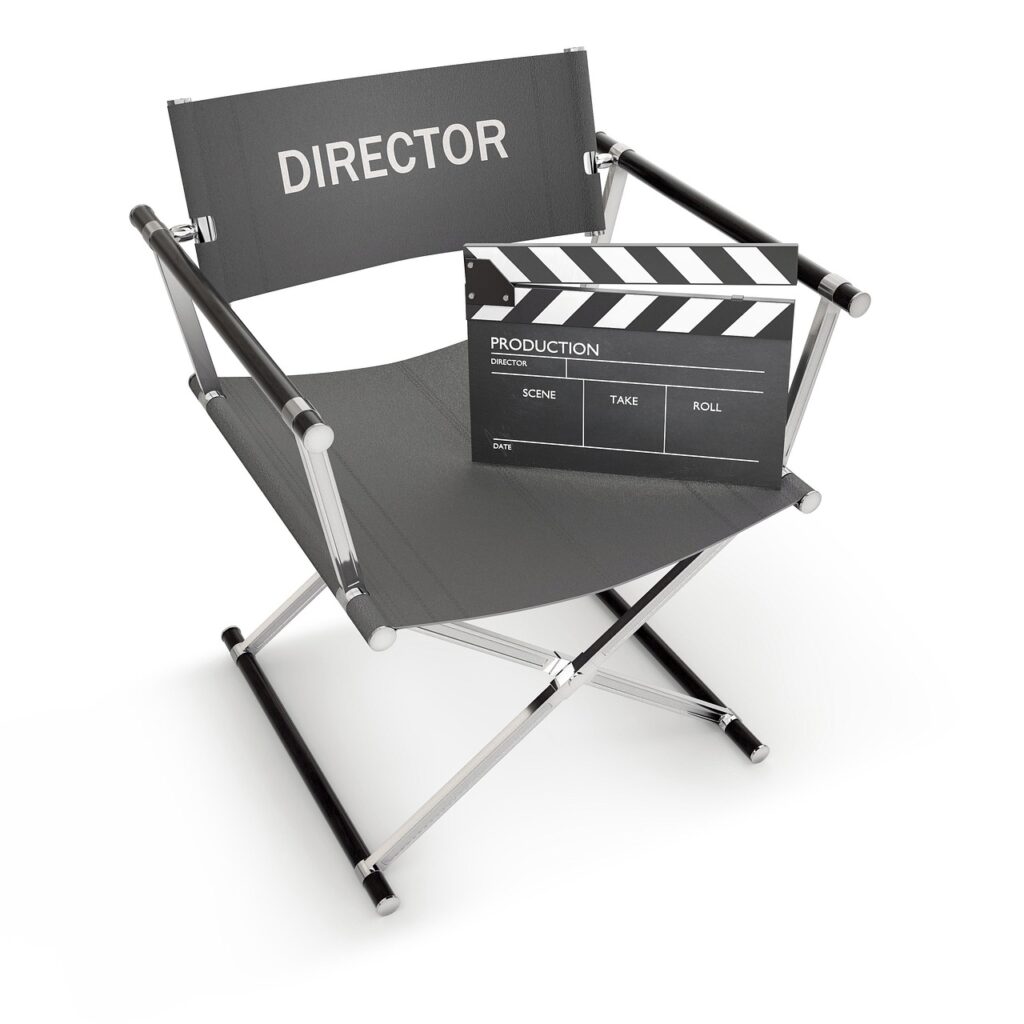
10. **Behind the Camera Again: “A River Runs Through It” & Second Marriage**
Following his directorial success with “Ordinary People,” Robert Redford continued to explore his vision from behind the lens, crafting films that were both critically acclaimed and deeply personal. In 1992, he directed and produced “A River Runs Through It,” a beautiful and poignant drama that captured the hearts of audiences and critics alike. This film, set in the stunning landscapes of Montana, showcased Redford’s continued ability to tell nuanced stories that explored family dynamics, faith, and the passage of time with grace and authenticity.
His directorial journey continued with the 1994 film “Quiz Show,” a compelling drama about a real-life game show scandal that was nominated for four Academy Awards. These projects underscored Redford’s commitment to independent filmmaking and his talent for guiding compelling narratives, solidifying his reputation not just as a star actor, but as a serious and respected filmmaker. He was a master at bringing culturally significant stories to the screen, whether as a performer or as a director.
In a more personal chapter, Robert Redford also found love again, marrying Sibylle Szaggars in 2009. Images from events like the premiere of his movie “The Company You Keep” at the Venice Film Festival in 2012 show Redford and his wife, Sibylle Szaggars, arriving together, highlighting this new phase of his life. Their union marked another significant personal milestone for the legendary figure, showing that even decades into his storied career, life continued to unfold with new adventures and cherished moments.
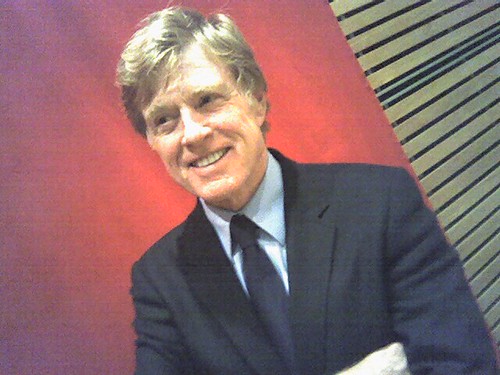
11. **Honored for a Lifetime: Prestigious Awards**
Robert Redford’s extraordinary contributions to cinema and his passionate advocacy did not go unnoticed, earning him some of the highest honors available. In 2002, his four decades of remarkable work as an actor, director, and champion of independent cinema were recognized with an Honorary Academy Award for lifetime achievement. This special Oscar was a profound acknowledgment of his enduring impact on Hollywood, celebrating a career that transcended mere stardom to profoundly shape the art form itself.
The emotional moment was made even more special when he was reunited with his “The Way We Were” co-star, Barbra Streisand, who presented him with the award. It was a testament to the lasting bonds he forged throughout his career and the indelible mark he left on his collaborators and audiences alike. The image of Redford accepting this prestigious award from a beloved colleague captured the essence of his celebrated journey in film.
A few years later, in 2016, Redford received one of the nation’s most distinguished civilian honors: the Presidential Medal of Freedom. President Barack Obama presented him with the award during a ceremony in the East Room of the White House, recognizing not only his remarkable acting but also his visionary leadership in creating the Sundance Institute and his unwavering dedication as “one of the foremost conservationists of our generation.” Obama eloquently summarized Redford’s multifaceted legacy, stating, “We admire Bob not just for his remarkable acting, but for having figured out what to do next.” This award underscored his impact far beyond the silver screen, acknowledging a life of profound purpose and influence.

12. **Graceful Farewell: Final Roles and Retirement**
As the years progressed, Robert Redford gracefully transitioned into the final acts of his illustrious acting career, leaving audiences with memorable performances even as he began to step away from the spotlight. In 2017, he reunited with his frequent co-star Jane Fonda for the romantic drama “Our Souls at Night,” which premiered at the 74th Venice Film Festival. This tender film, in which they both received Golden Lions for Lifetime Achievement, became one of his touching final acting roles, a poignant bookend to their iconic collaborations.
His appearances continued, including a notable turn as Alexander Pierce, a senior official with S.H.I.E.L.D., in Marvel’s “Captain America: The Winter Soldier” in 2014, a role he reprised in “Avengers: Endgame.” This foray into a blockbuster franchise demonstrated his versatility and enduring appeal across diverse genres. In 2018, he delivered a charming performance in “The Old Man & The Gun,” a film that many believed would be his last.
Indeed, Redford eventually “retired from acting in part because he was increasingly immobile.” He openly shared that “decades of riding horses and playing tennis had wreaked havoc on his body,” leading him to make the difficult decision to step back. While his physical presence on screen may have concluded, the indelible mark Robert Redford left on cinema, environmentalism, and the cultural landscape remains. His life was a testament to artistic integrity, fierce independence, and a deep commitment to making a difference, both on and off the screen, ensuring his legend will continue to inspire for generations to come.
As we reflect on the remarkable life and enduring contributions of Robert Redford, it’s clear that his impact stretches far beyond the captivating characters he brought to life. He was a force of nature in his own right, a passionate advocate for the environment, and a visionary who carved out a vital space for independent voices in cinema. From his early days as a reluctant sex symbol to his later years as an esteemed director and activist, Redford always pursued projects with integrity and purpose. His story is a vibrant mosaic of talent, conviction, and a timeless dedication to both art and the world around him. Robert Redford leaves behind not just a filmography of classics, but a living legacy that continues to inspire, reminding us all of the power of passion and perseverance.




